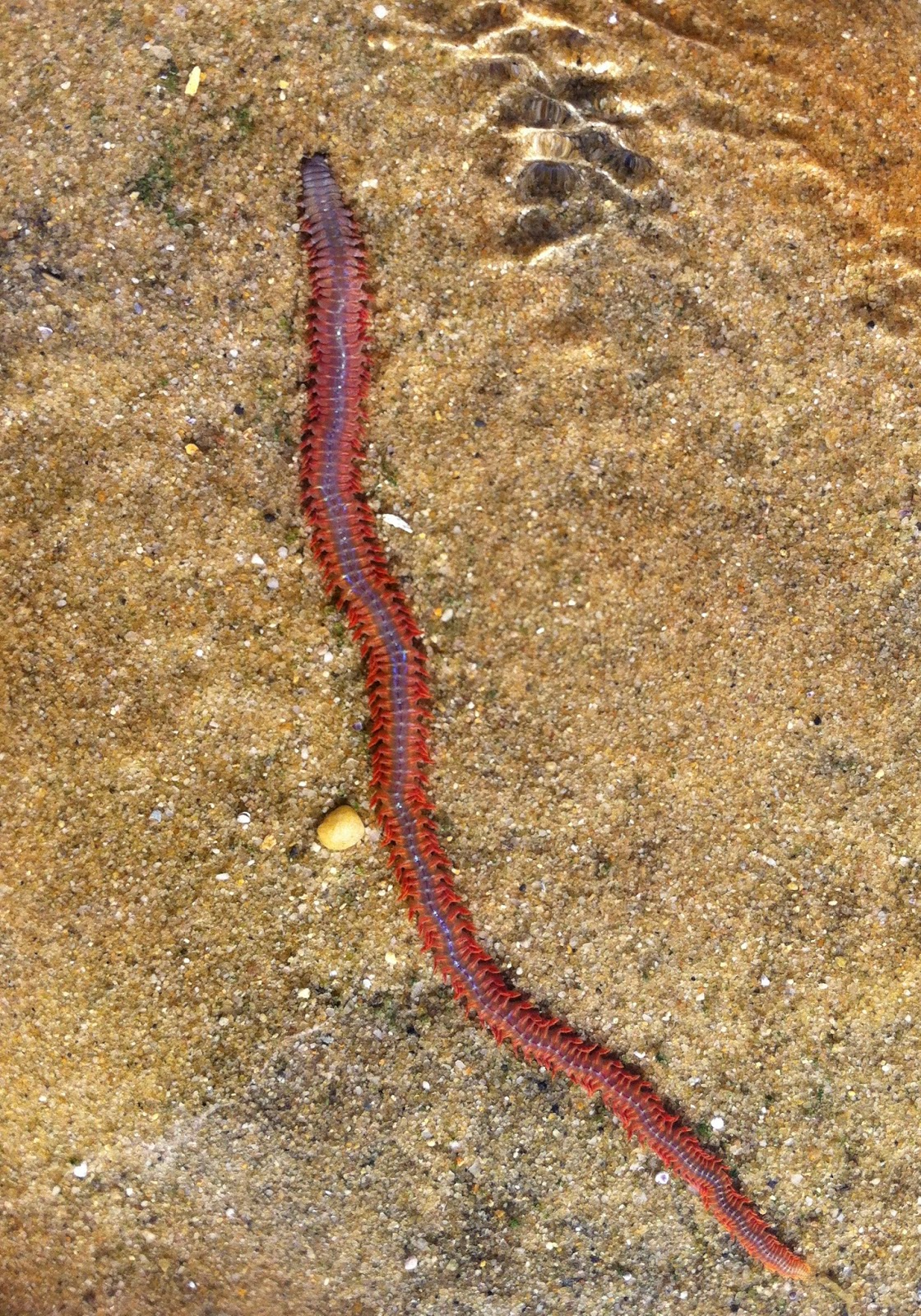When you think of Australia, your mind might conjure images of kangaroos, koalas, and stunning beaches, but there's another intriguing creature that deserves attention: the Australian sand worm. Found along the coastlines and sandy shores, these fascinating worms play a crucial role in the ecosystem, and their unique characteristics set them apart from their global counterparts. The Australian sand worm, scientifically known as *Lumbrineris spp.*, is an essential part of the marine food chain, contributing to the health of the sandy beach habitats. In this article, we will explore the biology, habitat, and significance of the Australian sand worm, along with some interesting facts that might surprise you.
The Australian sand worm is not only a marvel of nature but also an important resource for local fishermen and bait collectors. Understanding their biology and ecological role can help us appreciate the delicate balance of marine life. As we delve deeper into the world of the Australian sand worm, we will answer some common questions and uncover the wonders of this remarkable creature.
So, why should we care about the Australian sand worm? From their role in the ecosystem to their uses in fishing and research, these worms have much to offer. Let's embark on this journey to learn more about the Australian sand worm and its significance in our coastal environments.
What is the Australian Sand Worm?
The Australian sand worm is a marine annelid, which means it belongs to the segmented worm family. Typically found in sandy substrates along the Australian coastline, these worms are known for their elongated, segmented bodies that can vary in color from pale yellow to dark brown. They can grow up to 10 inches long, making them a notable presence in their habitat.
Where Do Australian Sand Worms Live?
Australian sand worms thrive in intertidal zones, particularly in sandy or muddy environments. They burrow into the substrate, which provides them with protection from predators and allows them to filter feed on organic matter. Their burrowing behavior also plays a vital role in aerating the sandy soils, contributing to the overall health of the coastal ecosystem.
What Do Australian Sand Worms Eat?
These worms primarily feed on detritus, which consists of decomposed organic matter. They play an essential role in breaking down waste materials and recycling nutrients back into the ecosystem. By consuming organic debris, Australian sand worms help maintain a healthy balance within their habitat, supporting a diverse range of marine life.
How Do Australian Sand Worms Reproduce?
Reproduction in Australian sand worms is a fascinating process. They are known to reproduce through a method called epitoky, where a portion of the worm's body transforms into a reproductive segment. During the breeding season, these worms will release their gametes into the water, leading to external fertilization. This unique reproductive strategy allows them to increase their population in a short period.
Are Australian Sand Worms Important for Fishing?
Yes, Australian sand worms are highly valued in the fishing community. They are often used as bait for various fish species, including flathead and whiting. Their movement and scent attract fish, making them an effective choice for anglers. This demand has led to a sustainable industry surrounding the collection and sale of these worms, benefiting both local economies and fishermen.
What Threats Do Australian Sand Worms Face?
Despite their resilience, Australian sand worms face several threats. Coastal development, pollution, and habitat degradation can negatively impact their populations. Additionally, overharvesting for bait can lead to declines in their numbers. Conservation efforts are crucial to ensure the long-term survival of these important creatures and the ecosystems they inhabit.
Interesting Facts About Australian Sand Worms
- Australian sand worms have a unique ability to regenerate lost segments, allowing them to recover from predation or injury.
- They have a symbiotic relationship with other marine organisms, contributing to the overall health of the ecosystem.
- These worms can be found in various colors, depending on their habitat and diet.
- Australian sand worms are an important food source for various marine species, including fish and birds.
Conclusion: Why Are Australian Sand Worms Worth Protecting?
In summary, the Australian sand worm is more than just a simple marine creature; it plays a vital role in maintaining the ecological balance of coastal environments. Understanding their biology, habitat, and significance can help us appreciate the complexity of marine ecosystems. As we continue to explore and protect our natural world, let's not forget the small but mighty Australian sand worm and the essential contributions it makes to our coastal ecosystems.
Understanding The Entomophobia Test: A Journey Into Insect Fear
Discovering The Intricacies Of The El Chapucero Network
Exploring The Allure Of African Casting BBW


